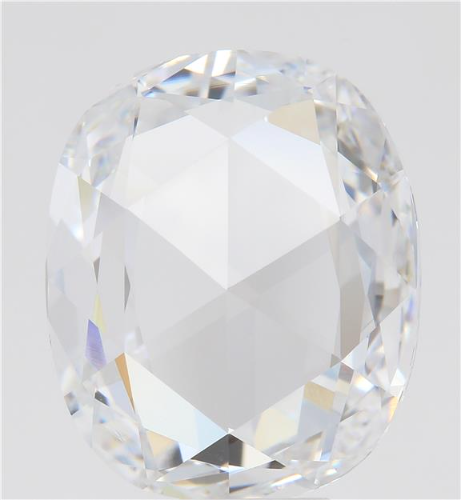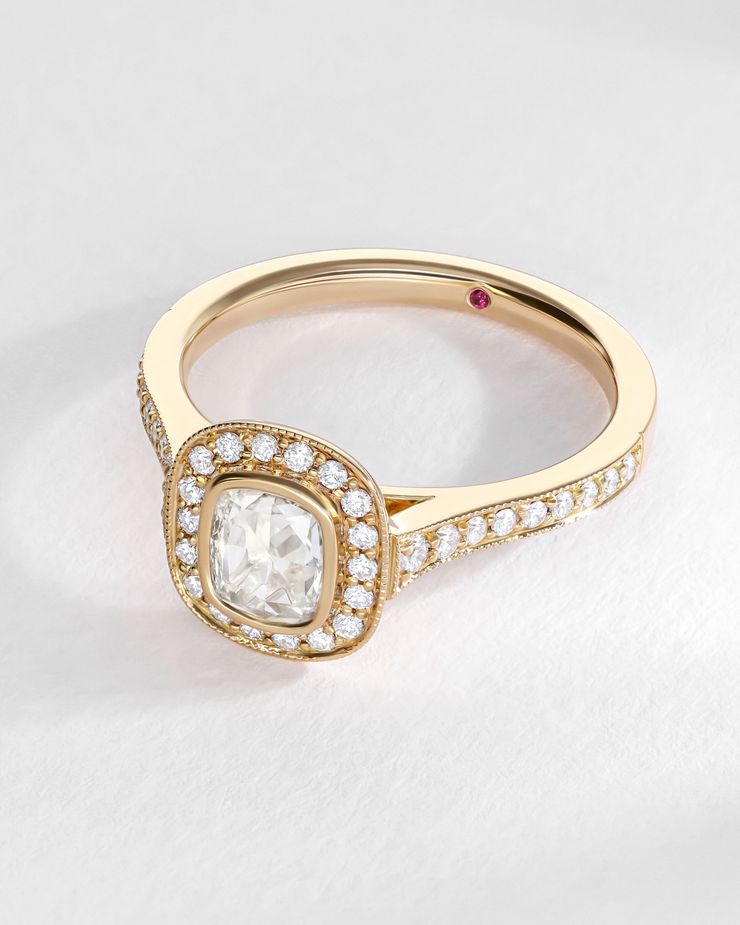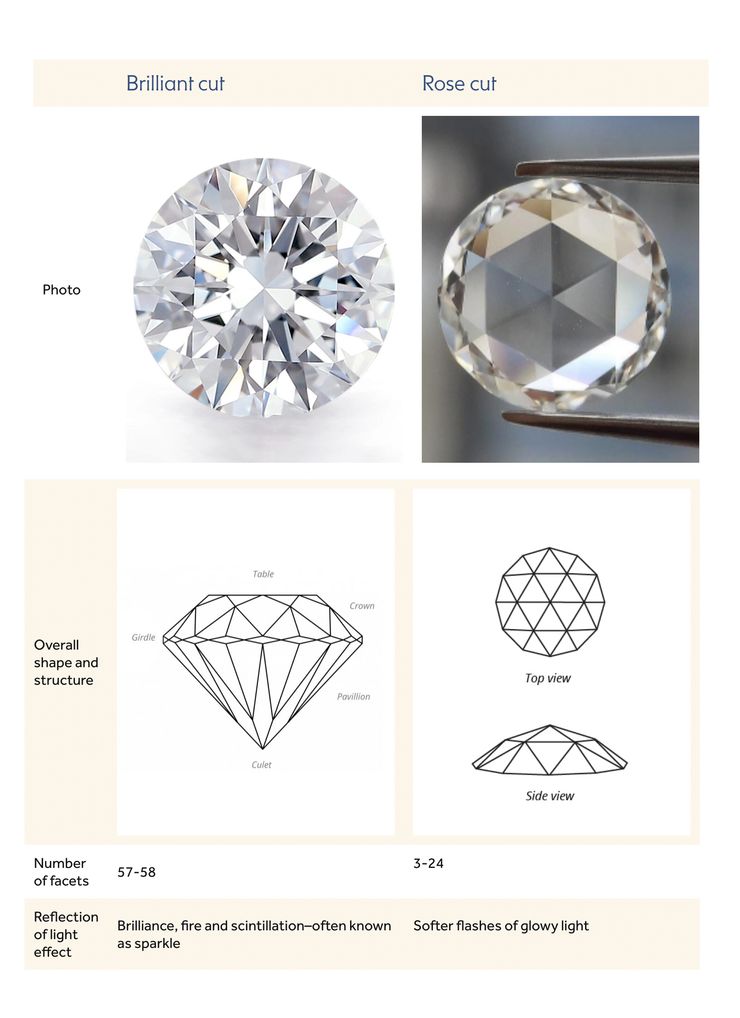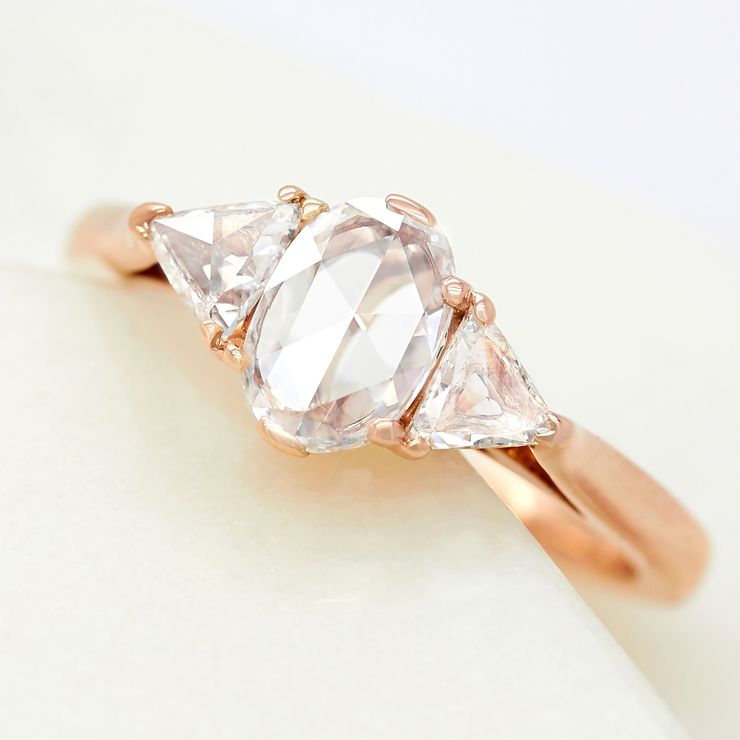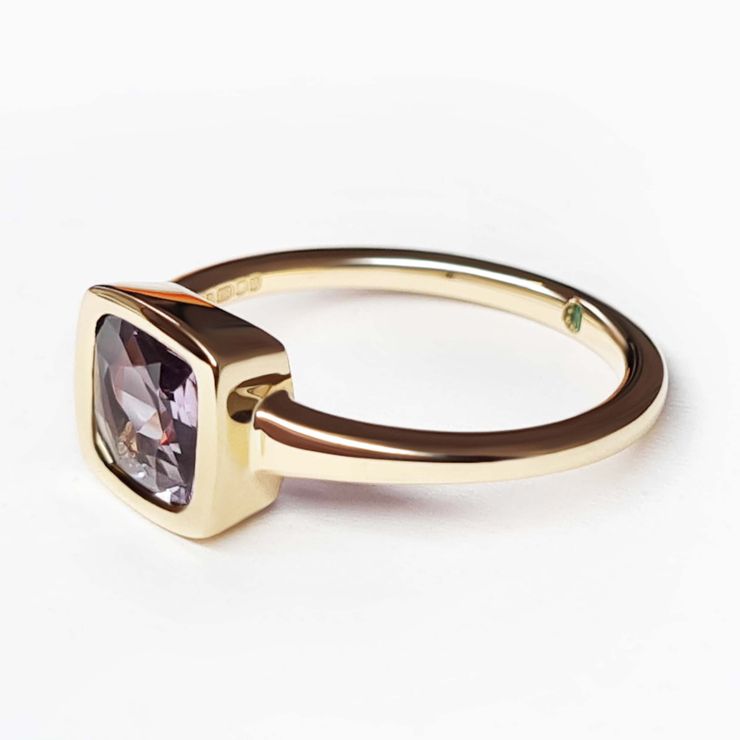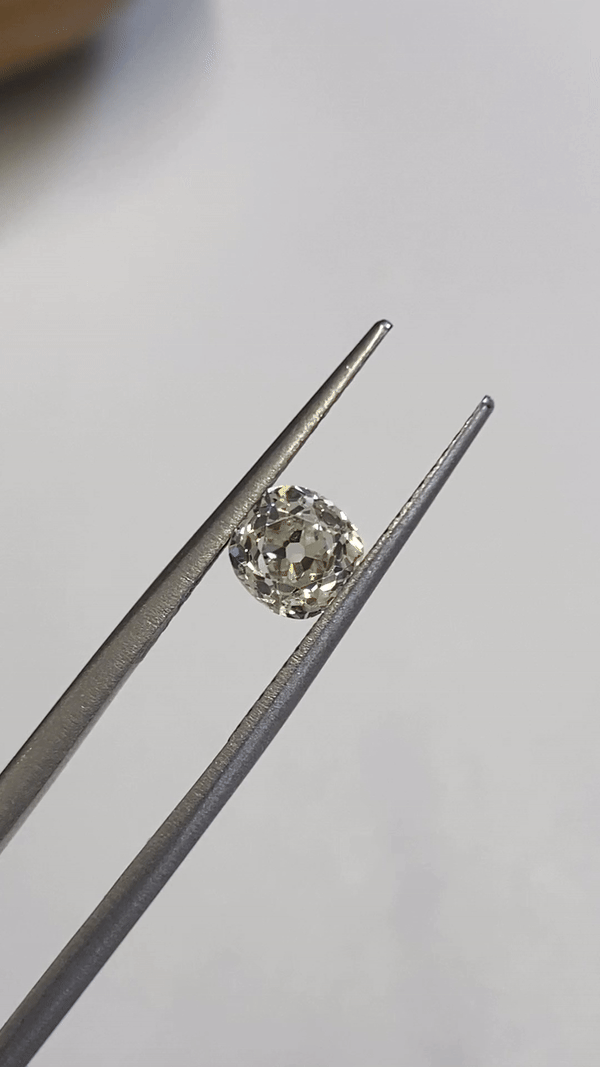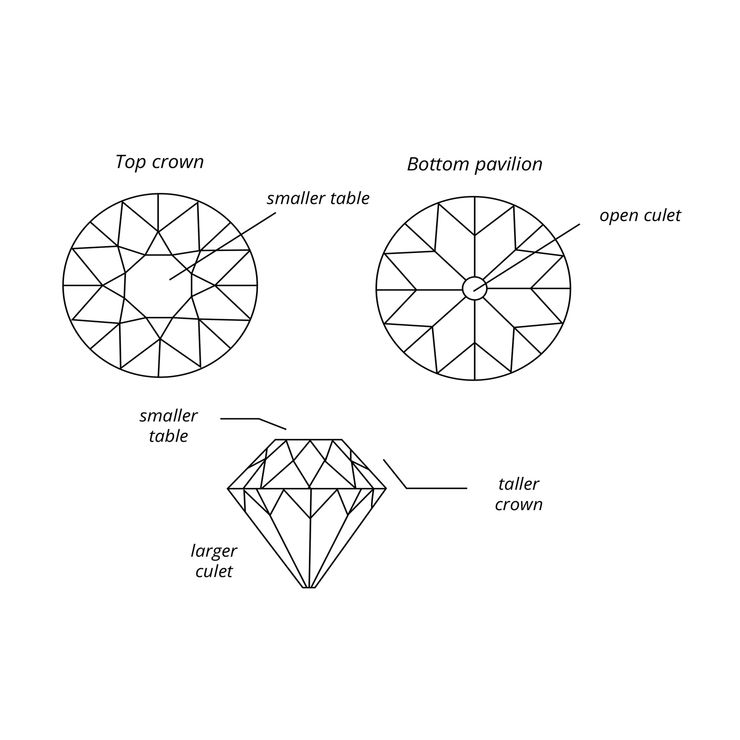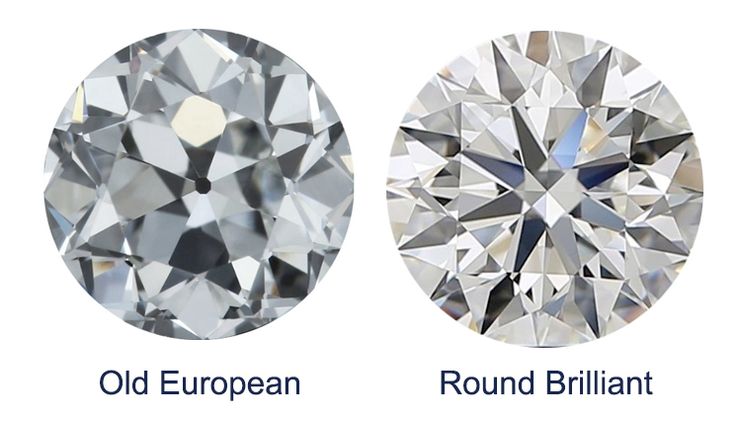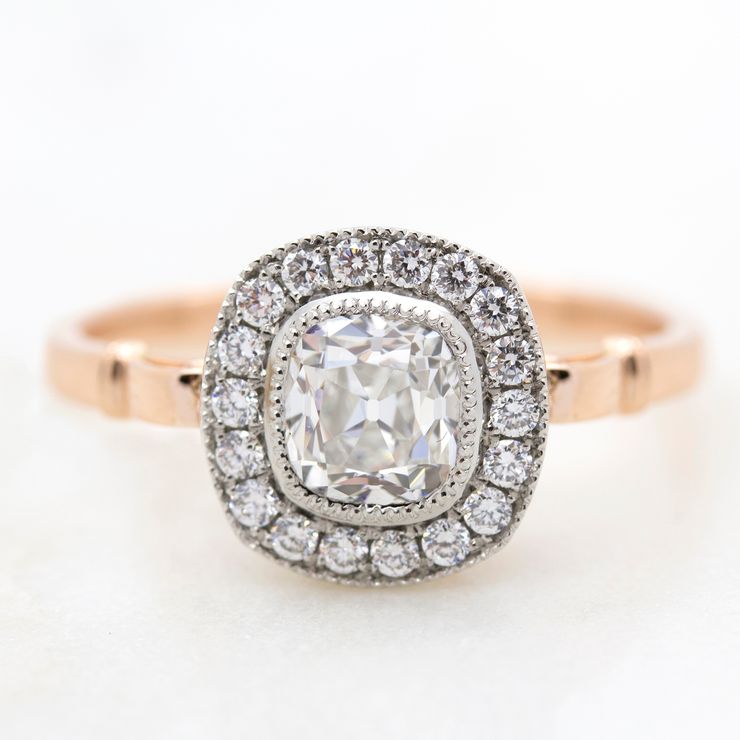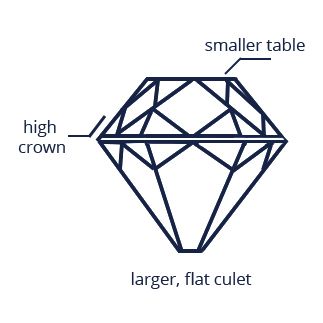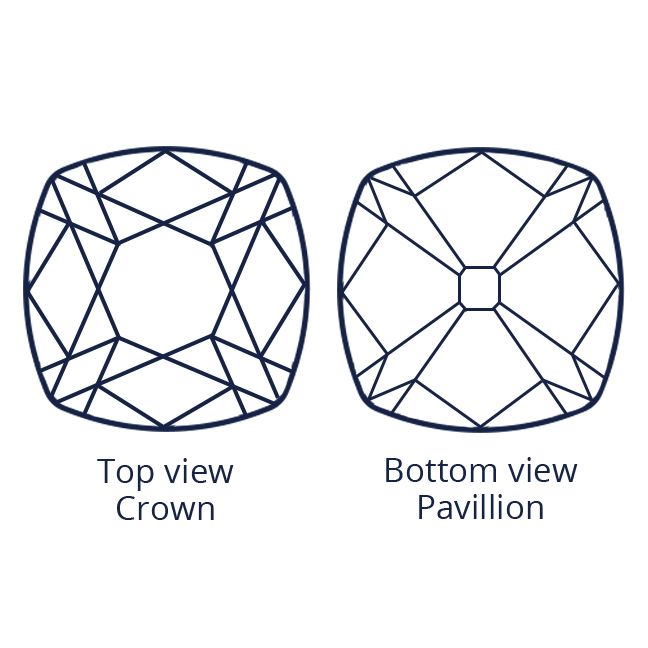What is a rose cut diamond?
Considered one of the original diamond cuts, the rose cut diamond dates back to the early 1500s. With anywhere from three to 24 triangular facets, rose cut diamonds peak into a dome or kite shape. This structure resembles the soft curve of a petal unfolding on a rosebud (hence its name).
This individual diamond cut is hand carved, unlike machine cut diamonds. The majority of modern diamonds you see today with have crisp and angular facets, like the round brilliant cut or the emerald cut.
Unlike brilliant cuts, rose cuts possess a flatter shape on the back, showcasing a warm yet understated flash or glow of light. The absence of a pavilion highlights the stone’s internal characteristics, making inclusions and blemishes far more visible. Therefore, when considering a rose cut diamond, it’s important to place high importance on the clarity of the stone.
With their soft understated appearance, rose cut diamonds embody old-world romance in a distinctly subtle way. The clear flashes of light and simplistic faceting, perform beautifully in the atmospheric company of candlelight.
